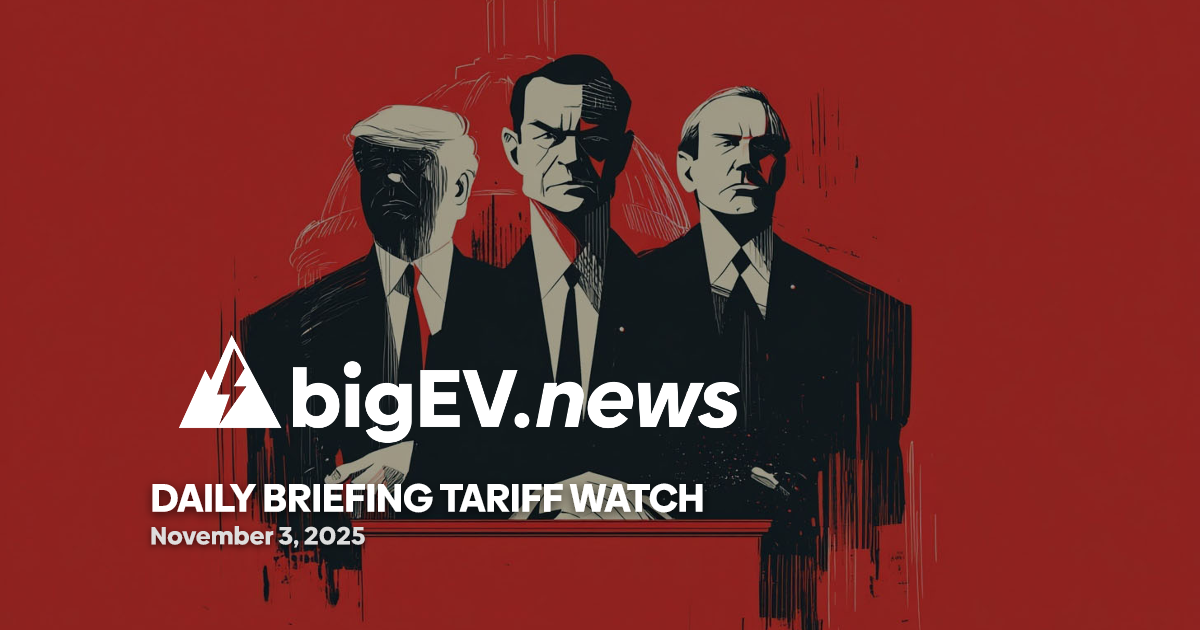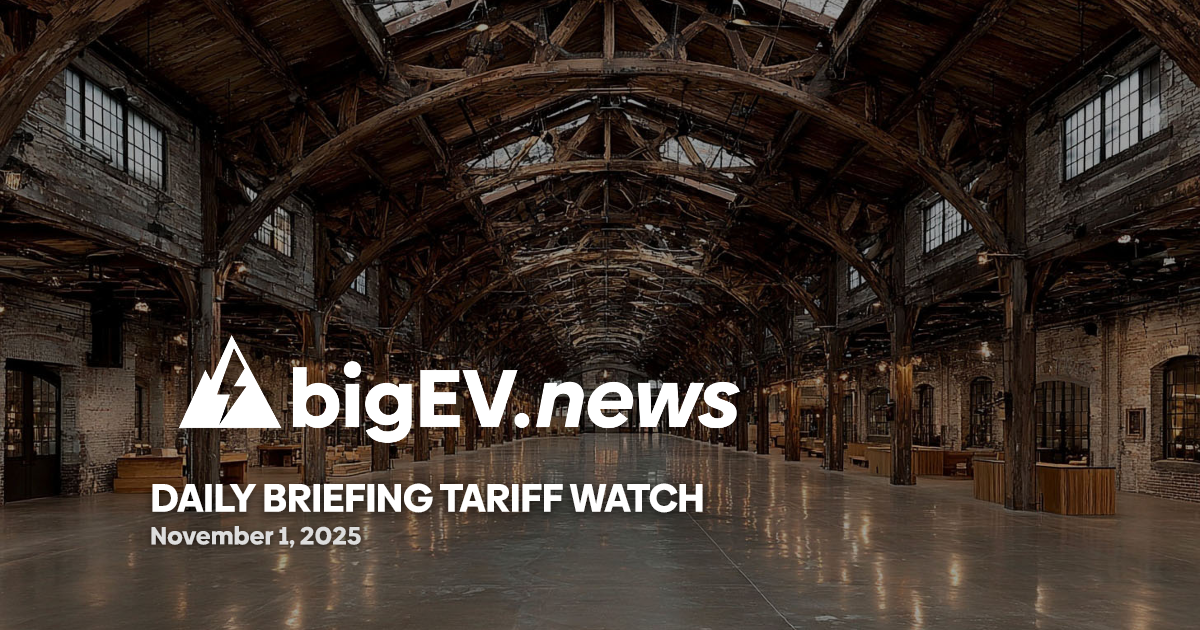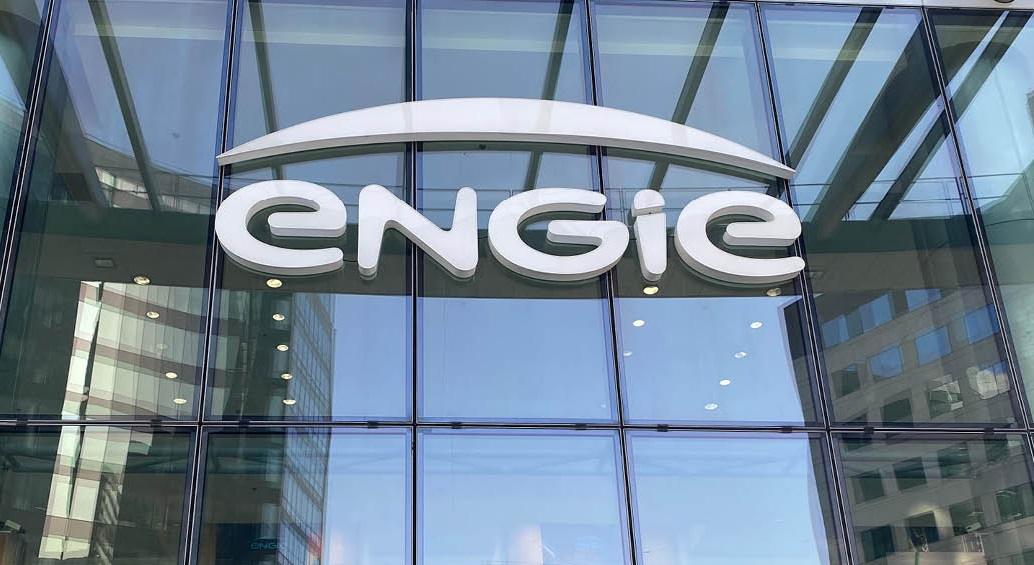At a glance – The United States is experiencing a dramatic escalation in tariff rates, with the weighted average applied tariff on imports rising from approximately 2.4% in March 2025 to over 10% by September, marking the highest levels since the 1930s. Despite headline rates suggesting a more severe impact, actual customs duty collections indicate an average tariff rate closer to 10.5% as of August. This discrepancy is largely attributed to trade diversion strategies and exemptions under free trade agreements, such as the USMCA, which have allowed companies to reroute supply chains and mitigate some of the anticipated economic fallout. Nevertheless, the surge in tariffs is prompting significant supply chain reconfiguration, particularly for goods previously sourced from China, as US manufacturers and importers seek alternative suppliers and adjust logistics to manage increased costs.
Technology advance – In response to the evolving tariff landscape, major US technology manufacturers are accelerating the deployment of advanced supply chain management software and AI-driven analytics to optimize sourcing and logistics. SAP announced on September 25, 2025, the launch of its new Global Trade Compliance Suite, designed to help US-based electronics and semiconductor firms dynamically adjust procurement strategies in real time as tariff rates and trade restrictions fluctuate. The platform integrates live customs data and predictive analytics to identify cost-saving opportunities, reroute shipments, and ensure compliance with the latest regulatory requirements. Early adopters, including Texas Instruments and Western Digital, report improved agility in responding to sudden tariff changes, reducing operational disruptions and maintaining competitive pricing for US consumers.
Partnerships – The US-Mexico-Canada Agreement (USMCA) is under renewed scrutiny as the Office of the US Trade Representative (USTR) initiated a public consultation process on September 16, 2025, ahead of the Joint Review scheduled for early 2026. The Trump Administration is actively negotiating with Canadian and Mexican officials to address additional tariffs imposed under Section 232 of the Trade Expansion Act and the International Emergency Economic Powers Act. Key proposals include increasing US content requirements for North American products and restricting inputs from non-member countries, particularly China. Mexico, anticipating these changes, has already announced plans to raise tariffs on Chinese imports in its 2026 budget proposal. These negotiations are expected to significantly influence the structure of North American supply chains, with potential ripple effects for automotive, agricultural, and consumer goods sectors.
Acquisitions/expansions – In a strategic move to mitigate tariff exposure and secure critical components, Ford Motor Company finalized the acquisition of a majority stake in Monterrey-based auto parts supplier Grupo Industrial Saltillo on September 25, 2025. The $1.2 billion deal enables Ford to localize production of key drivetrain and electronic modules for its US assembly plants, reducing reliance on Chinese imports subject to steep tariffs. The acquisition is part of a broader trend among US manufacturers seeking to expand operations within North America to leverage USMCA exemptions and stabilize supply chains amid ongoing trade uncertainty. Grupo Industrial Saltillo will retain its Mexican management team and workforce, while Ford plans to invest an additional $300 million in facility upgrades and workforce training over the next two years.
Regulatory/policy – The US government is actively soliciting input from industry stakeholders on unfair foreign trade barriers as part of the 2026 National Trade Estimate Report, with the USTR issuing a call for public comment on September 17, 2025. This initiative is expected to inform future tariff actions and trade negotiations, particularly as the administration considers expanding restrictions on imports from countries deemed to engage in unfair practices. Recent policy discussions have focused on tightening controls over critical minerals and advanced technology components, with proposed measures including new licensing requirements and expanded export controls. These regulatory shifts are likely to increase compliance costs for US manufacturers and importers, while also shaping the competitive landscape for key sectors such as clean tech, semiconductors, and electric vehicles.
Finance/business – The financial impact of the 2025 tariff surge is being closely monitored by industry analysts and investors, with the US Treasury Department reporting a sharp increase in customs receipts as a percentage of goods imports. While the headline tariff rate has reached an estimated 17–19%, actual collections remain lower due to widespread exemptions and trade diversion. The muted economic fallout, relative to initial projections, has provided some relief to US manufacturers and consumers, though concerns persist regarding long-term inflationary pressures and supply chain resilience. Companies with diversified sourcing strategies and robust trade compliance capabilities are outperforming peers, as evidenced by recent earnings reports from Procter & Gamble and Caterpillar, both of which highlighted successful cost containment measures and stable profit margins despite the challenging trade environment.
Sources: RBC Wealth Management, SAP press release, Holland & Knight, Ford Motor Company press release, USTR press office, US Treasury Department









